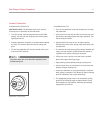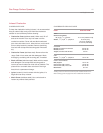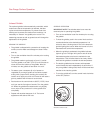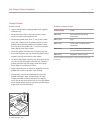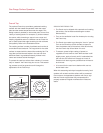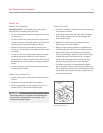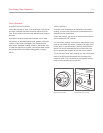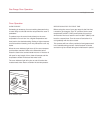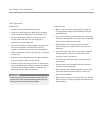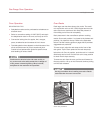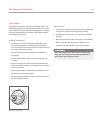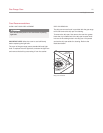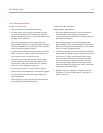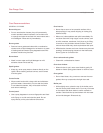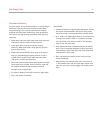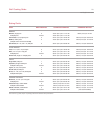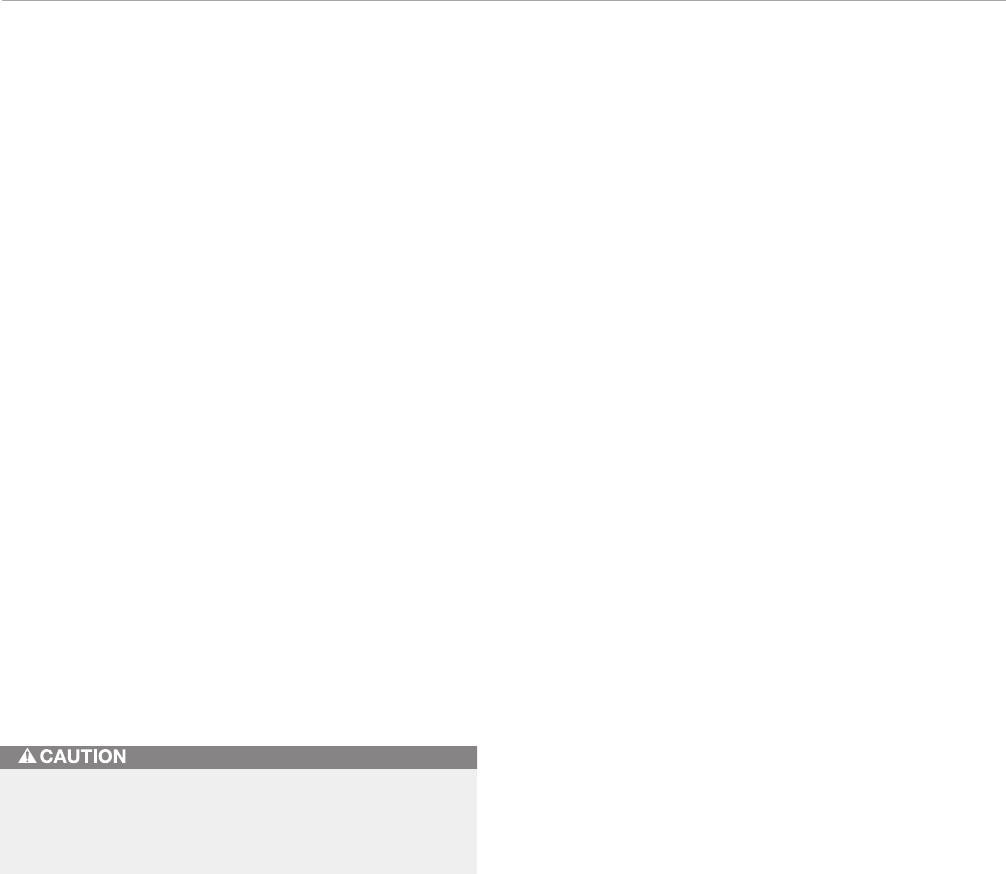
Gas Range Oven Operation 22
ROASTING TIPS
• Refer to the convection roasting guide on page 31.
The suggested cooking times are based on using a
preheated oven.
• Convection roasting is recommended for most meats
because of the beautiful browning on the outside while
the juices are retained on the inside.
• Roast tender cuts of meat using the convection
setting. Always use a roasting rack in an open, low-
sided pan.
• Cook less tender cuts, such as pot roasts, using the
standard setting. Cover with aluminum foil while
cooking or use a covered pan.
• The lower half of the broiler pan can be used as an
open roaster.
• Use an instant-read, portable meat thermometer to
check the internal doneness.
• When checking the internal temperature, remove the
roast when the thermometer reads 10° below the
doneness temperature.
• Before slicing a roast, let it stand for 10 to 15 minutes.
Keep it warm by covering it loosely with aluminum foil
while standing.
Oven Operation
BAKING TIPS
• Position racks before preheating the oven.
• Refer to the baking guide on pages 29–30. Cooking
times are based on starting with a preheated oven.
• When cooking large quantities of food, select two
smaller pans rather than one very large pan to
maximize even heat distribution.
• You can cook different foods together using the same
time and temperature. Individual flavors will not
transfer to another food if the oven is first preheated.
• Place multiple pies on same rack, leaving 1" (25) space
around each.
• Reduce the oven temperature by 25° when cooking in
heat-proof glass or glass ceramic dishes.
• Aluminum foil can be used as a cover or used to wrap
foods individually when using a standard oven setting.
Aluminum foil can also be used on a separate rack
below a fruit pie to catch the spillover.
Never cover the entire rack or bottom of the oven with
aluminum foil. This will block heat distribution and may
cause permanent damage to the porcelain.



